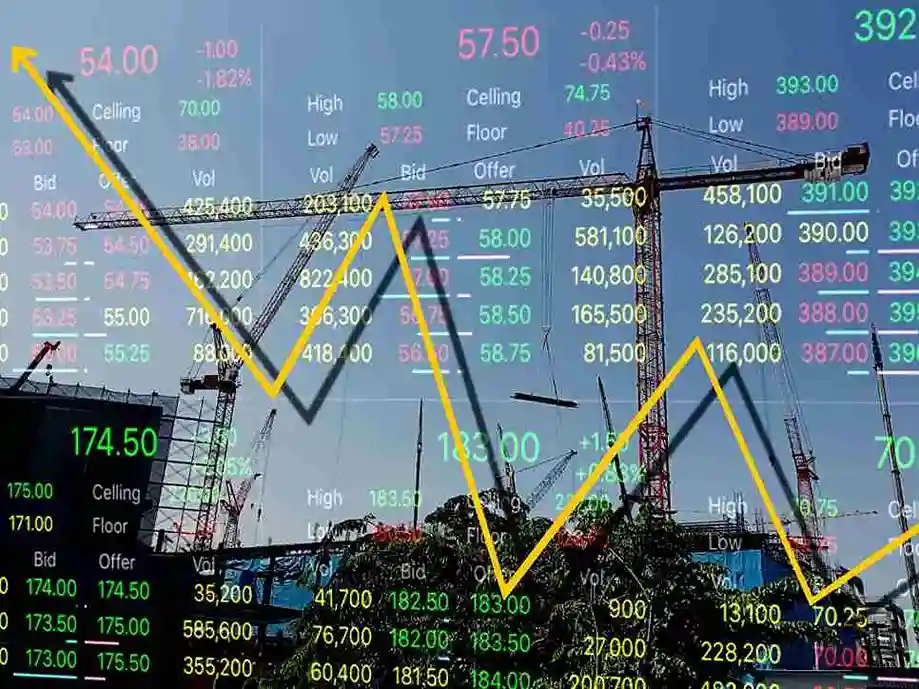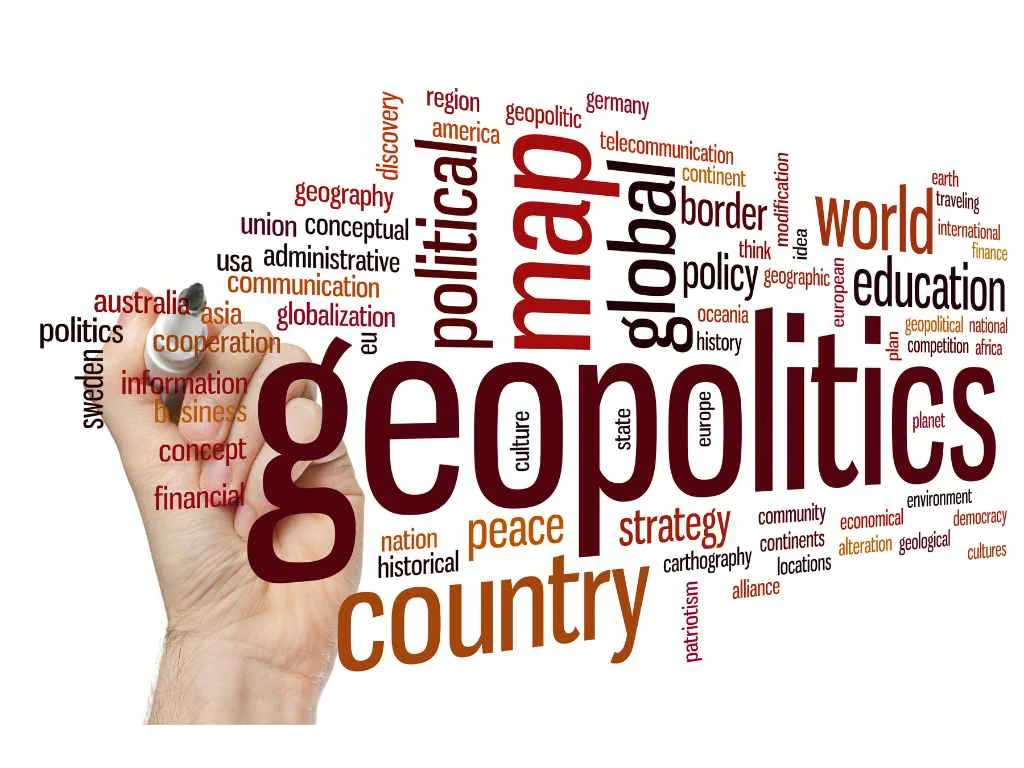Table of Contents
If you want to enter the world of global trade, it’s crucial to ask, “What are the three threats to the future of global trade?” Because this is one of the ways you can better mitigate the risks that will happen in the future.
Therefore, in this article, we will know the answer to these critical questions, such as identifying and analyzing the key challenges that could significantly impact global economic interactions. So, without further do, let’s explore it together!
Why Understanding Global Trade Threats Matters

Understanding the threat of global trade is important for several reasons, including the following:
1. Economic Stability
Threats to global trade can trigger economic instability. For example, a global financial crisis or pandemic can disrupt trade flows, impacting GDP, employment, and investment in different countries.
Being aware of these threats allows governments and businesses to take precautions and respond quickly when disruptions happen, minimizing the negative impact on the economy.
2. Business Adaptability
In the world of international business, understanding the various trade threats can help companies decide what strategies to implement in the future.
For example, identifying alternative markets, providing a more diverse supply chain, and developing products or services that can survive in various market conditions. This resilience is important to maintain market access and competitiveness in disruption.
3. Informed and Appropriate Decision-Making
By understanding the potential future threats to global trade, both individuals and investors can make more informed decisions regarding their personal finances, investments, and career paths.
For example, investors may allocate their resources to sectors or regions with a lower risk of being impacted by global trade.
This approach not only helps protect their investments but also takes advantage of potential opportunities in more stable markets.
By being aware of the various threats of global trade, individuals and investors can adjust their strategies to align themselves with these changes, thereby making wiser and more strategic financial and career decisions.
What are Three Threats to the Future of Global Trade?
Understanding “What are the Three Threats to the Future of Global Trade?” becomes even more relevant when we look at the changing dynamics of global trade. Some of the key threats include the following:
1. Technological Disruptions

One of the developments in international trade is the increasing role of digital technologies, such as the Internet of Things (IoT), artificial intelligence (AI), 3D printing, and blockchain.
These technologies are changing how trade is conducted, lowering trade costs, increasing efficiency, improving quality, and creating new products and services.
According to the World Trade Organization’s (WTO) 2018 World Trade Report, digital technologies can potentially increase global trade by 34% by 2030, especially in service trade.
Moreover, digital technologies can change the composition of trade by increasing the share of services, facilitating trade in time-sensitive products, changing patterns of comparative advantage, and affecting the complexity and length of global value chains.
However, digitalization also brings several challenges to international trade, including privacy and security concerns, digital inequality, regulatory gaps and inconsistencies, and potential disruptions to labor markets and social security.
Therefore, international cooperation and coordination are needed to ensure inclusive, fair, and sustainable digital trade.
2. Geopolitical Tensions and Uncertainties

According to the IMF, the third phase of geopolitical pressures, which began with Russia’s invasion of Ukraine in February 2022, highlights new risks in international trade.
It represents one answer to the question, “What are the three threats to the future of global trade?” emphasizing the dangers of depending on a single country for imports of critical inputs.
Examples such as Russia’s cut-off of gas supplies to Europe and the energy price spike show how dangerous it is to rely on a single external resource.
This raises concerns about dependence on Russia and opens up questions about the potential risks of abrupt disconnections with countries like China.
Other examples, such as the United States banning the export of advanced technology to China, highlight this dynamic. The ban on the export of semiconductor technology, which has military applications, has also impacted civilian technology development.
This change marks a turn from an era where trade, competition, and innovation are encouraged to one where the strongest economies seek not only to compete but also to restrict competitors.
In this context, forecasts about the future of global trade are highly speculative and highly dependent on policy choices.
However, another possibility is that the world will split into rival camps, triggering a new cold war, this time between the US and China and their respective allies. Such a scenario could have severe consequences for global trade and international stability.
3. Sustainability

The next challenge for global trade is the growing demand for sustainability. This means consumers, businesses, and governments are increasingly looking for ways to reduce the environmental and social impacts of trade.
This trend is driven by growing awareness of climate change and other global challenges, consumer preferences for greener and ethical products and services, new regulations and standards regarding environmental and social performance, and emerging technologies. Greener products enable cleaner production and consumption.
According to a Standard Chartered (SCB) report, sustainability is becoming a key competitive advantage for companies in international trade.
SCB predicts that by 2030, sustainable goods could account for 25% of global trade flows, sustainable finance will support $1.5 trillion in cross-border financing annually, and sustainable supply chains could save $320 billion annually.
Sustainability can positively impact international trade by improving environmental quality and social welfare, driving innovation and productivity, creating new markets and jobs, and strengthening trust and reputation.
However, it can also pose several new challenges for international trade, such as increased compliance costs and risks, the creation of trade barriers or disruptions, the need for stakeholder coordination and cooperation, and the adaptation and transformation of business models.
Therefore, sustainability should be integrated into international trade policies and practices, ensuring that trade contributes to global goals and values.
Conclusion
In the current era of changes in international trade, it is important to ask, “What are the Three Threats to the Future of Global Trade?” These challenges may include various aspects such as changes in trade patterns, dynamics, and impacts.
Policymakers and business leaders must prepare for these changes, which bring not only challenges but also opportunities.
Being prepared for the future of international trade involves a deep understanding of these trends, adaptation and innovation in strategies and operations, and collaboration with various parties, including competitors.
This approach will enable us to maximize the potential of international trade in creating value and benefits for our country and the world as a whole.
Also, if you are an entrepreneur and want to scale your business globally, you can expand your business with Hi-Fella, the gateway to scale your import-export venture globally.
With Hi-Fella, you can access a large network of over 7 million elite buyers and suppliers, coupled with a powerful World Trade Database. Take advantage and transform your international trade experience with us!








